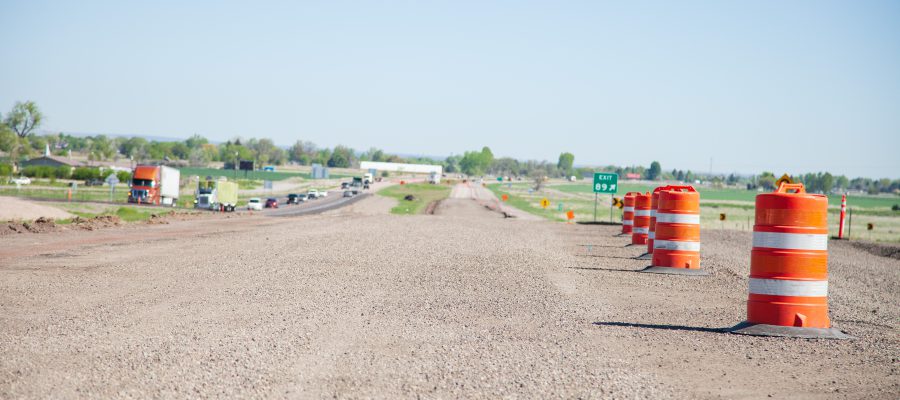The Idaho Transportation Department and Idaho State Police will lower the speed limit to 65 mph July 14th in a stretch of Interstate 84 within an active construction zone east of Twin Falls. The reduction is being made to maximize the safety of drivers traveling through the area.
ITD south-central Idaho Traffic Engineer Bruce Christensen stated “speeds are an important factor in any traffic control plan, but motorists putting away distractions and paying attention to the roadway is paramount in keeping our roadways safe.”
“The posted speed limit is a maximum during ideal conditions — it is not meant to replace a driver’s good judgment,” he added.
Work zone speed limits are determined in accordance with federal guidelines set by the Manual on Uniform Traffic Control Devices. Additional factors taken into account when determining speed limits are physical barriers like sight restrictions or curve radiuses, and observed traffic flow.
Lieutenant Robert Rausch, a Deputy District Commander with ISP, said “we are seeing problems related to impatience and inattentiveness when drivers enter a work zone. Motorists are often time driving too aggressively for the area and not affording themselves enough space to safely react to changes in traffic flow.”
“There are a lot of moving parts in a work zone and that’s why drivers need to do everything they can to stay engaged,” said Ken Corder from the Office of Highway Safety. “There are new traffic patterns, heavy machines, and workers in these areas trying to improve our roads—we can do our part to slow down and put away the distractions.”
“The goal of every traffic-control plan is to ensure that traffic flows safely and efficiently regardless of how many vehicles are on the road or the type of vehicle,” said ITD District Engineer Devin Rigby. “If speeds are continually fluctuating, or if traffic comes to a standstill on the interstate, the safety concerns mount.”
Drivers also have an important role to play. The most common contributing factors in Idaho crashes are aggressive driving, distracted driving, and impaired driving — all of which are human-caused. In fact, about 94% of serious-injury crashes are caused by human error.
The time between the Memorial Day and Labor Day weekends are often referred to as the “100 Deadliest Days” because it’s a time of year when deadly crashes tend to spike. As the timeframe indicates, we are currently in the middle of this unfortunate period. According to preliminary reports, there have been at least 40 reported fatalities on Idaho roads since the 2018 Memorial Day weekend began.
“One thing I like to stress during these summer months is for drivers to plan ahead and be prepared,” said Lieutenant Rausch. “Be prepared for the unfortunate event of your vehicle breaking down, plan ahead to ensure you always have a sober driver, and make sure you are never driving drowsy or distracted.”

